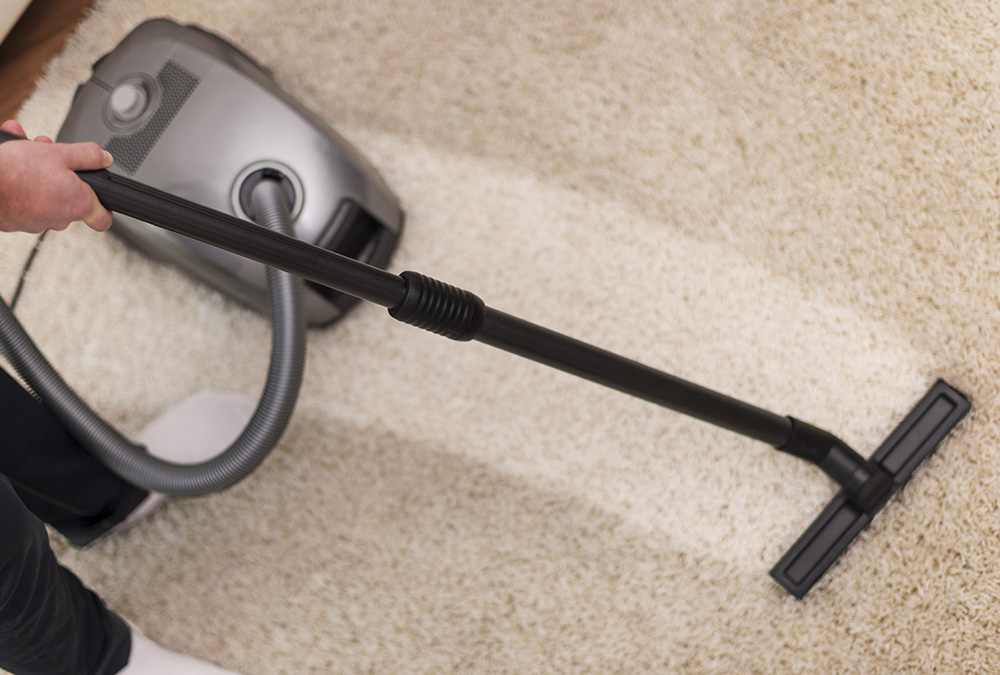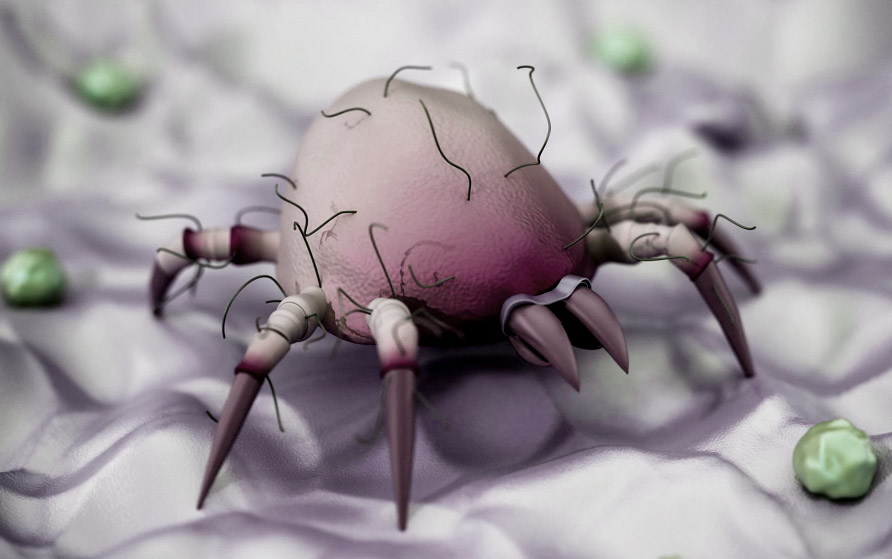Do Carpets Pose a Health Risk?
Health-conscious homeowners are asking important questions, rightfully so. “Is carpet floor covering unhealthy and why?” In this article, we’ll discuss four reasons why carpet can be unhealthy. Several scientific studies have shown that carpets can pose health risks. We feel that it is important that you are aware of them.
Furthermore, we will discuss how to reduce these risks significantly. It should be noted that many home improvement materials contain VOCs. Painting a room or a wall, for example, will produce VOCs. We’re not singling out carpet here; we’re simply providing information. This is not an exhaustive analysis.
1. Volatile Organic Compounds (VOCs).
One of the inherent health risks in carpets is VOC off-gassing, specifically after installing new carpet. VOC chemicals are used in carpet backing and padding to glue fibers in place while allowing for flexibility. Other chemicals used in carpet manufacturing, such as fire-resistant and stain-guard chemicals, may also contain VOCs. VOC off-gassing in new carpet can go on for 4 to 5 years or more. VOCs cannot be completely removed from new carpets, but they can be reduced by having them professionally cleaned after they are installed. Hot water extraction can help to reduce VOCs. The EPA recommends hot water extraction with non-toxic, natural cleaning solutions to reduce VOCs and PFASs ( found in stain-resistant coatings used on carpets).
Conventional carpet contains several chemical additives, including dyes and processing techniques, topical fiber treatments, backing glues, backing materials, carpet padding, and installation tapes and glues. Be sure to ask the manufacturer if details are not listed.
Here are a few suggestions to consider if you’re having conventional carpet installed:
Preinstall suggestion: Ensure the carpet is aired-out by instructing the installers to unroll the carpet in a dry space for a few days before transporting it to your home. Keep your home highly ventilated after installation for at least 72 hours.
Building a new home or renovating: Schedule the carpet install after the painters, and other contractors who will use harsh chemicals, have completed their work. As a result, your carpet won’t immediately absorb VOCs released from paint or finishing products.
It’s essential to regularly vacuum your carpets to reduce VOCs and contaminants. Every square inch should be vacuumed using a HEPA filter on a routine basis.
Green Label Carpet Choices
That said, homeowners can opt for alternative carpets such as the CRI Indoor Air Quality Green Label products. To determine the level of VOC emissions from carpet, floor adhesives, and cushion products, the Carpet and Rug Institute developed the CRI Indoor Air Quality Green Label Program (CRI “Green Label”). The CRI Green Label on a carpet, floor glue, or padding indicates that it has been tested by an independent laboratory and meets the requirements. However, this does not necessarily imply that they are emission-free. CRI has also created Green Label Plus, which includes additional requirements to meet California’s low-emitting materials requirements. Products listed as CHPS-compliant materials have been chamber tested to ensure they meet California’s indoor air quality guidelines.
Eco-friendly Carpet Should Not Contain:
- The most harmful flame retardants can be found in polyurethane padding or felt backing, but PFASs might be added to the fibers.
- In some wool carpets, permethrin pesticide is used for mothproofing.
- Addition of antimicrobial agents to the backing, glues, and face fiber. The fiber is often treated with pyrithione zinc or potassium oleate.
- Textile top layers often contain stain repellents (perfluorobutanesulfonic acid) and other PFAS. PFAS, or “forever chemicals,” should be avoided at all costs.
- Addition of anti-static agents to the fibers, such as quaternary ammonia.
- Traditional carpets have an SBR latex backing at the base of the fibers.
- All types of padding can off-gas, including polyurethane, rubber, and natural latex.
- Backings made of PVC usually contain phthalates.
- For glue-down installations or at seams, toxic adhesives may be required.
If you’ve had your carpet for over 5 years, most of the new carpet VOC health risks will be drastically reduced but below are other things to keep in mind when it comes to carpet.
2. Carpet Traps Dirt and Other Allergens.
Carpet also serves as a reservoir for dust, dirt, pollen, pesticides, and other materials that may come from outside but are tracked in through shoes. Carpet can also trap particles, acting like a filter, which can be removed through routine and effective vacuuming. Inadequate maintenance, however, will trap larger amounts of contaminants in the carpet. According to some studies, poorly maintained carpet can emit significant quantities of particles into the air just from daily activities. Those who are more susceptible to allergies should read “Carpet Cleaning for Allergy Sufferers.” Furthermore, young children are more likely exposed to contaminants that have not been properly removed through regular and effective vacuuming. Studies have shown that this can be problematic for children prone to allergies and/or respiratory illnesses. If you’re a science geek like me, see this scientific carpet research for more information.
3. Carpet Can Habor Mold and Mildew.
Carpets are frequently made of natural materials that absorb moisture, such as wool or cotton. They are susceptible to mold growth if they are not properly dried after moisture exposure. Carpets can also be made of synthetic materials such as polyester or nylon, which are less absorbent but allow mold to grow while attached to other food sources in the carpet. Mold needs three things to grow: moisture, food, and warmth. Carpets can provide all three of these conditions, making them an ideal environment for mold growth.
Mold spores are present in the air around us and can land on damp surfaces, where they begin to grow and spread. Carpets can become damp from spills, leaks, condensation, or high humidity. Mold produces enzymes that break down the material it grows on for food. As the mold continues to grow, it releases spores into the air. These spores can then land on other surfaces and start the growth cycle anew.
If you suspect your carpet has mold, it is important to have it cleaned as soon as possible. Mold can cause respiratory and other health issues, so it is important to remove it as soon as it is discovered.
4. Carpet Can Be a Breeding Ground for Pests.
Carpets not properly maintained can be a breeding ground for dust mites, fleas, cockroaches, and other pests.
Dust mites are microscopic creatures that thrive in moist environments. They eat dead skin cells and are frequently found in mattresses, pillows, and carpets. Dust mites are not dangerous to humans, but they can cause allergic reactions in some people. Allergies from dust mites are most commonly caused by the proteins in their feces. These proteins can cause asthma, rhinitis, and other respiratory problems.
Fleas are yet another pest that can infest carpets. They are small, dark brown insects that feed on the blood of animals. They can lay their eggs in carpet fibers, which makes them difficult to get rid of. Fleas can cause a lot of problems for your carpet. They can make it stained and smelly, and they can also transmit diseases to humans and animals.
Carpet & Rugs Are Still Great Options
Despite some of the disadvantages of carpets, let’s not forget the many advantages they have. Carpet floor covering is not an outdated flooring option; it remains an excellent choice for many homeowners. Eco-friendly carpet is a great choice for homeowners because it is made from natural materials that are safe for the environment and your family. Eco-friendly carpet is also very durable and will last for many years. Carpet can provide the comfort and style you desire while lasting a decade or more. Carpet can also act as an excellent insulator, keeping your home warm in the winter and cool in the summer. Its soft and forgiving qualities make it a safer option for children learning to walk and play. Consider investing in a high-quality carpet that is both long-lasting and easy to clean. For the health-conscious homeowner, there are eco-friendly carpeting options to select from. Carpet is still a popular choice for many homeowners because it adds comfort, style, and health benefits to your home.



